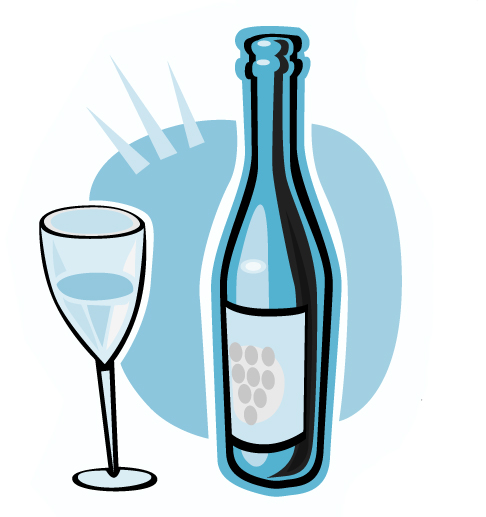Trouble is fermenting in the wine world. As established European vineyards look on nervously, upstarts in countries like the United States, New Zealand, and Chile are horning in on the business. Some of the products offered by these new wineries have repeatedly won in blind taste-testing contests. Moreover, by operating in more consistent climates than do their more established competitors, these vintners crank out predictable and affordable products year after year that are winning over more and more consumers.
Terroir: The Mystery of Wine
Unlike more recent wine makers, old-world wine culture stresses the importance of what the French call terroir. This is the idea that wine is the product of a unique, mysterious confluence of forces, such as soil quality and climate, rather than of the wine maker. European vintners cherish the notion that each wine-producing region has its own distinct character, which must be protected at all costs.
This protectiveness has led to a stringent series of laws—known as appellation contrôlée (“controlled name”)—regulating virtually every aspect of wine making in many European countries. How much of a particular kind of wine can be produced in a region, what kinds of grapes can be used, how they should be picked, how bottles should be labeled—wine producers must perform these functions to the letter of the law if they want to call their product an AC wine.
 These laws all serve a laudable purpose: to ensure that consumers know what they’re getting, and to protect the good name and distinctive character of famous wine regions. However, they’ve also had some unfortunate side-effects. For one thing, they make it very difficult for European producers to adapt to consumer preferences or advances in technology—unlike their “off-continent” competitors. If demand for Burgundy suddenly burgeons, for example, producers can’t simply make more of it—that would be against AC rules. And if throwing a handful of oak chips into a steel barrel gives a batch of wine an oaky flavor—at a much lower cost than using oak barrels—old-world vintners can’t adopt this practice, because AC regulations forbid it. All this strictness, in effect, has put the brakes on innovation and the ability to respond to consumer demand. Moreover, it has prompted some frustrated European grape growers to find creative ways of getting around the AC rules. For instance, because the regulations for basic table wine are relatively lenient, some producers are designating even their best wines as plain table wine. Others have devised ingenious ways of side-stepping the bottle-labeling laws. The AC rules say that a vintner can specify the grape variety only on the back of the bottle. Lately, some of these labels have begun taking on an inordinately large and colorful appearance. (Since wine bottles are round, who’s to say what’s the front and what’s the back?)
These laws all serve a laudable purpose: to ensure that consumers know what they’re getting, and to protect the good name and distinctive character of famous wine regions. However, they’ve also had some unfortunate side-effects. For one thing, they make it very difficult for European producers to adapt to consumer preferences or advances in technology—unlike their “off-continent” competitors. If demand for Burgundy suddenly burgeons, for example, producers can’t simply make more of it—that would be against AC rules. And if throwing a handful of oak chips into a steel barrel gives a batch of wine an oaky flavor—at a much lower cost than using oak barrels—old-world vintners can’t adopt this practice, because AC regulations forbid it. All this strictness, in effect, has put the brakes on innovation and the ability to respond to consumer demand. Moreover, it has prompted some frustrated European grape growers to find creative ways of getting around the AC rules. For instance, because the regulations for basic table wine are relatively lenient, some producers are designating even their best wines as plain table wine. Others have devised ingenious ways of side-stepping the bottle-labeling laws. The AC rules say that a vintner can specify the grape variety only on the back of the bottle. Lately, some of these labels have begun taking on an inordinately large and colorful appearance. (Since wine bottles are round, who’s to say what’s the front and what’s the back?)
The Future of Wine
Whether European countries will relax the AC laws enough to let local wine producers compete with up-and-coming vintners on the global stage remains to be seen. In the end, the old-world wine culture may simply be too entrenched to accommodate change. On the other hand, perhaps consumer trends are varied enough to support both old and new wine culture. After all, at the bottom end of the market, imbibers in the established wine-producing countries drink their own. In the mid-price category, the Australians seem to be gaining a toehold. At the very top, the most highly prized wines still come from France.
Source: Gideon Rachman, “The Globe in a Glass,” The Economist, December 18, 1999.
YOUR WORKOUT CHALLENGE
Receive a Free Audiotape!
Please send your responses by May 1. Those whose responses are published will receive an organizational learning audiotape from a previous Pegasus conference—free!
